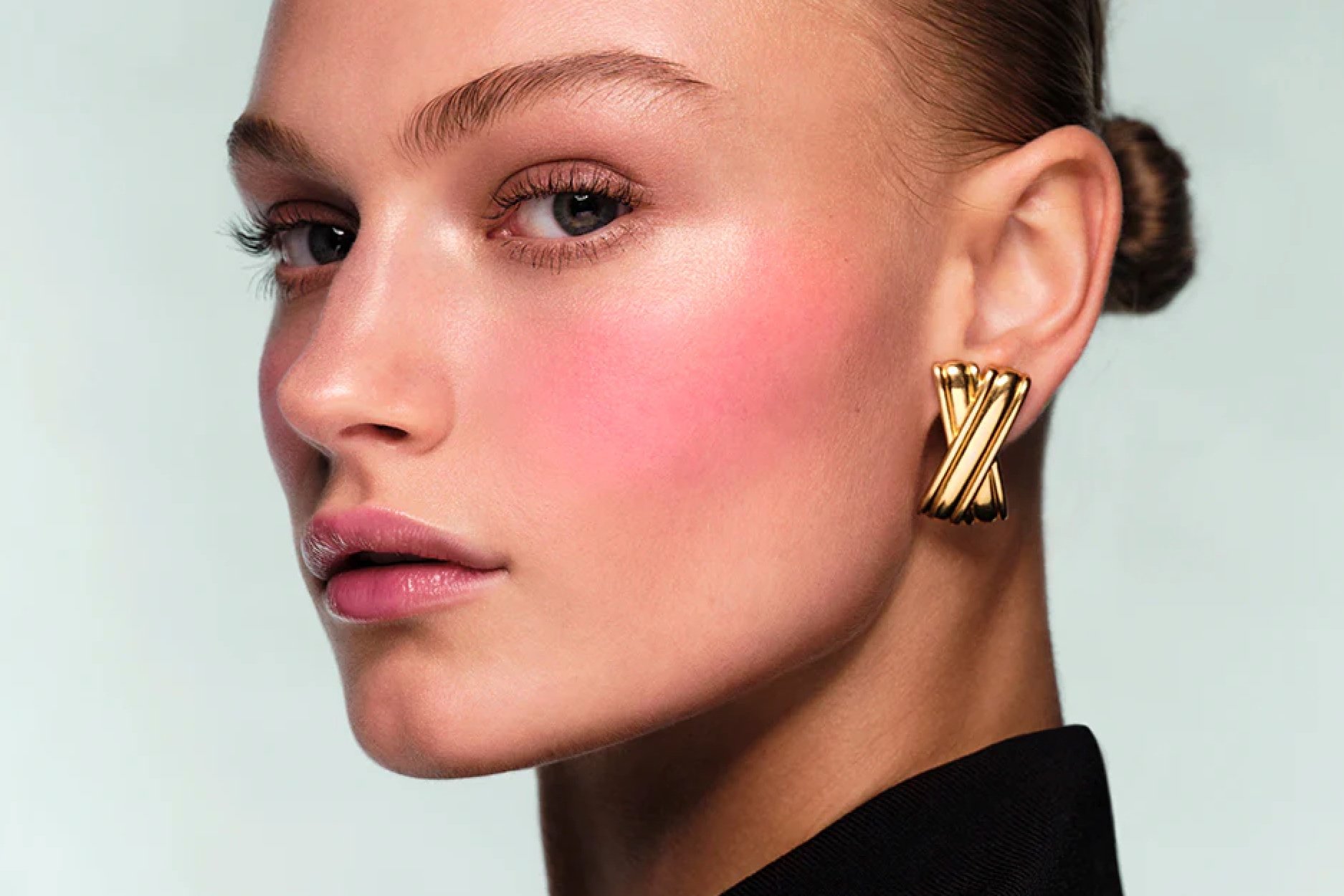How to Treat Postpartum Acne
The stress, hormonal changes and tiredness that comes with being a new parent can take their toll on your skin. You may have had clear skin before and during pregnancy, but breakout in spots in the month or so after giving birth, is what is called post-gestational acne.
These breakouts are often due to changes in progesterone levels. Higher hormone levels increase sebum (oil) production, which can clog pores and trigger breakouts. Progesterone is a female sex hormone made by the ovaries. This hormone builds up the lining of your uterus during menstruation.
Adult acne during pregnancy and breastfeeding is a common problem. Under these circumstances, the adrenal glands secrete higher levels of androgen hormones that cause the sebaceous glands in the skin to increase in size and production.
Postpartum acne can occur anywhere on your body, including your back and buttocks. However, it’s more likely to occur on your face (forehead, chin, and cheeks), as there are more sebaceous glands in these areas.
Here, skincare experts, Funderm, give us the lowdown on healing Postpartum acne safely and effectively.
TOPICAL TREATMENTS:
If you're not breastfeeding, you can use topical acne treatments. We recommend Salicylic acid which works by loosening and breaking apart desmosomes (the attachments between cells in the outer layers of the skin). This action encourages exfoliation of skin and unclogging of pores. Salicylic acid can also reduce sebum secretion, which is another way it can help reduce post-partum acne. Try NO DRAMA gel from Funderm, £38, a natural red clay mask with a unique 5-in-1 treatment promoting balanced, unified skin.
BREASTFEEDING:
Scientists have found that lauric acid, a component of breast milk, has antibacterial, acne-busting abilities. Patting breast milk on your face, then letting it air dry, may help to clear postpartum acne. If you don’t feel comfortable with this, Coconut Oil can also do the same.
HYDRATE YOUR SKIN
Reaching for eight glasses of water a day can help naturally treat postpartum acne breakouts. This works by promoting proper skin hydration. Dry skin can trigger excess oil production, which is known to contribute to acne.
BE KIND TO YOUR SKIN
If you’re struggling with post-partum acne, using oil-free skin care products that won’t clog pores. Try the Funderm Oil-Free 24/7 Moisturiser £35. Ensure you use this twice a day, after gently, but thoroughly cleansing and washing Your face. Again, if you are not breastfeeding, twice a week, ensure you are exfoliating with acids, such as Glycolic Acid to remove dead skin cells.
REGULATE YOR DIET
take note of whether your acne worsens after eating certain foods. Some people have an increase in breakouts after eating fatty foods, dairy foods, or acidic foods. Track your food and skin for a week and make changes based on instances of breakouts.
TREAT POST PARTUM ACNE IFROM THE INSIDE OUT
Funderm’s Chief Biologist, Dr. Miya Sharfman explains why using supplements in skincare isn’t a fad and is just as beneficial for keeping skin vital as it is for your gut. “Our skin is home to trillions of microorganisms, both good and bad, which form a layer over your skin called “Microflora” and “Microbiota”. In healthy skin the microbiota is balanced and microorganisms are largely beneficial in protecting our skin against harmful microbes. However, in inflammation-associated skin disorders such as acne and rosacea we can see disruption to the microbiota composition”.
Treating your skin from the inside will boost and enhance the effects of your skincare routine thanks to potent ingredients that are absorbed easily and treat the nutritional needs your skin “feeds” on to stay healthy.
EAT YOUR WAY TO BETTER SKIN
Funderm LAVI DAVI Gummies, £38, contain an exclusive mix of Prebiotics & Probiotics that help maintain a balanced microbiome and a strong immune system. Dr. Sharfman explains “The two work together to guard your skin from any unwanted imperfections. Our complex is a biome-balancing solution that feeds your skin vitamins from the inside, while topical solutions are there to strengthen its natural barrier. When blended with additional essential vitamins and minerals, the result is a cutting-edge formula that clears pimples and blemishes, soothes irritated skin and restores its delicate microflora, leaving your skin more beautiful and vital than ever.”
RIDE IT OUT:
Six months postpartum is a good estimate for when your hormones will go back to normal. By six months, postpartum hormonal changes in estrogen and progesterone should be reset to pre-pregnancy levels, and your skin should regulate. If it doesn’t, don’t be afraid to see a dermatologist.























